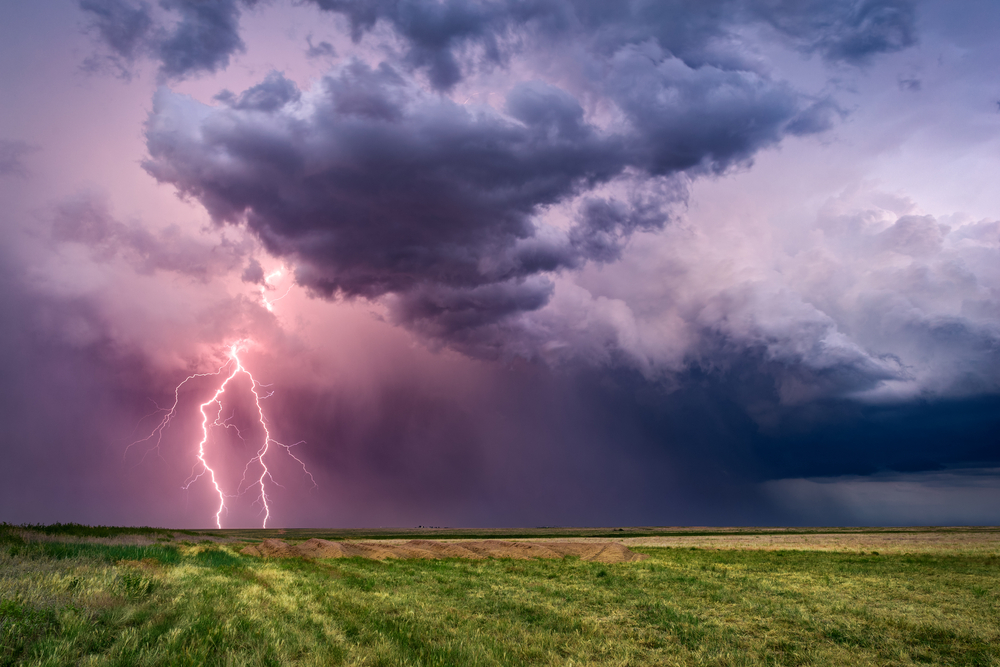Lightning strikes kill more people in the United States than hurricanes and tornados combined. Lightning can occur before, during, and after the storm. It can even reach outside the storm limits making it incredibly dangerous. Lightning is unpredictable in nature so there is no way to guarantee safety 100 percent of the time. However, following these safety guidelines will help you avoid injury or possibly even death from a lightning strike.
Any outdoor event should have a lightning safety plan. Consider lightning when planning, especially during the late spring or early fall. Keep these question in mind when choosing an outdoor location for your next event. Knowing the answers could prevent you from getting hit by lightning.

Lightning Safety Plan
- Where is the safest lightning shelter?
- How far away is it?
- How long will it take to get everyone to safety?
Lightning Shelter
Find an enclosed building such as a shopping mall or school. If the building is hit by lightning the plumbing and electrical wiring will move the electricity to the ground. If a safe structure can't be reached a car is your next best option. Keep the windows rolls up and don't play with the radio as it could become a conductor. Not all buildings are safe during a lightning storm. Avoid shelters with openings such as park pavilions or beach sheds. Convertibles, even with the roof up, or open vehicles such as golf cars offer zero protection from a lightning strike.
Safety Guidelines
Keep in mind lightning can strike up to 10 miles away from the rainstorm. If you can hear thunder you are within striking distance. Stay indoors where it is safe. Many people are struck before or after the main storm because they fail to understand how long lightning can last or travel.
When thunder roars, go indoors. Stay there for 30 minutes after you hear the last thunderclap.
Don't get caught outside during a storm.
- Head inside at the first sign of thunder and don't come out again for at least 30 minutes after the last thunderclap.
- Plan ahead and check your local weather forecast. Avoid getting caught in a storm with no shelter nearby.
- Listen to the radio. Lightning creates static on the AM radio. The loudness of the static indicated the proximity of the storm.
- Avoid contact with windows, doors, plumbing, electrical cords, or landlines with cords as they could conduct electricity from a lightning strike.
- Check the National Weather Service's Doppler radar on your smartphone. This will allow you to monitor the location of the storm.
- Tune into the local weather station on a portable radio if possible.
- Create a lightning safety plan. Know where the closest shelter is and how long it takes to get there. If you hear thunder, even off in the distance, make your way towards the lightning shelter immediately you are at risk of getting struck by lightning.
- Getting a large group to safety could take a long time so plan accordingly.
- Avoid metal structures or tall objects as they will attack lightning.
- Do not use appliances during a storm. Lightning can travel great distances through power lines.











